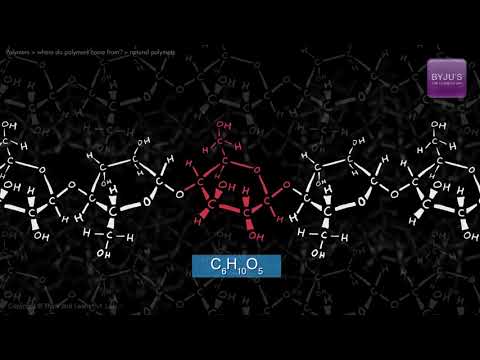Thermoset Plastics Easy Definition Petrolium Easy Definition
What is Thermosetting Plastics?
Thermosetting plastics are made up from long chains of molecules that are cross-linked. They have a very rigid structure.
Once heated, thermosetting plastics can be moulded, shaped and pressed into shapes. Once set they cannot be reheated since they are permanently set.

Thermosetting Plastics
Table of Contents
- Introduction
- Difference Between Thermoplastic and Thermosetting Plastic
- Recommended Videos
- Frequently Asked Questions – FAQs
Introduction
When you are studying polymers in chemistry you will generally come across a typical question like "distinguish between or write the differences between thermoplastic and thermosetting plastic." While thermoset plastics and thermoplastics sound very similar, they are totally different compounds and have different properties as well as applications.
Basically, thermosetting and thermoplastics are two different types of polymers and they are mostly separated based on their molecular bond and reaction to heat.
Difference Between Thermoplastic and Thermosetting Plastic
Talking about the differences between thermoplastic and thermosetting plastic, well the main distinguishing factor between the two is that, thermoplastic materials typically have low melting points due to which they can further be remoulded or recycled easily.
On the other hand, thermosetting plastic is quite the opposite. They can withstand high temperatures and once hardened these cannot be reformed or recycled even with the application of heat. In any case, let's have a look at some of the important differences between these two compounds below.
| Difference Between Thermoplastic and Thermosetting Plastic | |
| Thermoplastic | Thermosetting Plastic |
| Thermoplastic can be synthesized by the process called addition polymerization. | Thermosetting plastics are synthesized by condensation polymerization. |
| Thermoplastic is processed by injection moulding, extrusion process, blow moulding, thermoforming process, and rotational moulding. | Thermosetting Plastic is processed by compression moulding, reaction injection moulding. |
| Thermoplastics have secondary bonds between molecular chains. | Thermosetting plastics have primary bonds between molecular chains and held together by strong cross-links. |
| Thermoplastics have low melting points and low tensile strength. | Thermosetting plastics have high melting points and tensile strength. |
| Thermoplastic is lower in molecular weight, compared to thermosetting plastic. | Thermosetting Plastic is high in molecular weight. |
These are some of the differences between thermoplastic and thermosetting plastic.
Some examples of thermoplastics are listed below.
- Polystyrene
- Teflon
- Acrylic
- Nylon
Examples of thermosetting polymers include:
- Vulcanized rubber
- Bakelite
- Polyurethane
- Epoxy resin
- Vinyl ester resin
Recommended Videos

To know more about plastics and polymers and other chemistry topics you can keep visiting BYJU'S or download our app for interesting content and learning experience.
Related Links
Frequently Asked Questions on Thermosetting Plastics
Give two examples of thermosetting plastics.
These are the plastics that, once moulded, cannot be softened by heating. Epoxy resin, melamine-formaldehyde, polyester resin, and other thermosetting plastics are the most common.
What is the difference between Thermosetting plastic and Thermoplastics?
The main distinction between the two is that thermoset is a material that strengthens when heated but cannot be remoulded or heated after initial forming, whereas thermoplastics can be reheated, remoulded, and cooled as needed without causing any chemical changes.
How are thermosetting plastics used in everyday life?
Thermoset plastics are commonly used in construction equipment panels, electrical housings and components, insulators, cell tower tops, heat shields, circuit breakers, agricultural feeding troughs, motor components, and disc brake pistons.
What are the applications of thermoplastics?
A thermoplastic polymer that can be found in a wide range of applications like- Reusable plastic containers, diapers, ropes, carpets, sanitary pads, piping systems, car batteries, electrical cable insulation, and gas and liquid filters.
Is thermoplastic toxic?
Any product or material can be potentially or inherently toxic or safe depending on a variety of factors. TPU is not necessarily toxic; it is safe in a wide range of applications. It is also used in biomedical applications. Some factors may be to blame for polymer toxicity.
Source: https://byjus.com/chemistry/difference-between-thermoplastic-and-thermosetting-plastic/
0 Response to "Thermoset Plastics Easy Definition Petrolium Easy Definition"
Post a Comment